The founder of the British Committee for the Reunification of the Parthenon Marbles, James Cubitt, was a British architect.
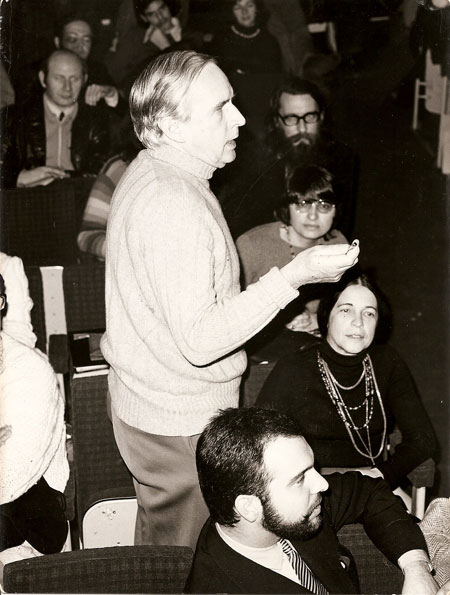
On 02 December, 2008 at the RIBA, architect Bernard Tschumi and Professor Pandermails headed up the event: 'Presenting the new Acropolis Museum'.
Ahead of this presentation Peter Aspden, wrote in the inancial Times, you can read his article, here. And the letter that the Finacial Times printed by John Kapranos Huntley.
In 2009 Tom Flynn as a member of BCRPM, wrote to the RIBA to seek their advice on the BCRPM's on-going campaign and because the Parthenon, a landmark building, still stands.

The BCRPM's campaign explains that the sculptures removed by Lord Elgin in the 19th century were integral architectural members of the Parthenon, the building which still stands on the Acropolis.
'As every human life is unique and no one can predetermine how it will be carried out, it could be said that the human being bears a historical duality: the individual history, or education, and the collective history, or culture.
Both dimensions, education and culture, constitute the conceptual basis of all human action, defining values and the most appropriate means to achieve them. These dimensions can be viewed materially in cities through the urban landscape, the preservation of buildings and other heritage. Thus, the city is a record of human actions that remain in time, and architecture is a concrete example of the knowledge accumulated by countless individuals over successive generations. For that reason, architecture is a tool for understanding a certain period of time in the history of a people, culture or even civilization, since it shows the evolution of mankind's ingenuity, as well as its sense of harmony and values.'
Read more from the Arch Daily article 'The Role of Tradition and Innovation in the city'.
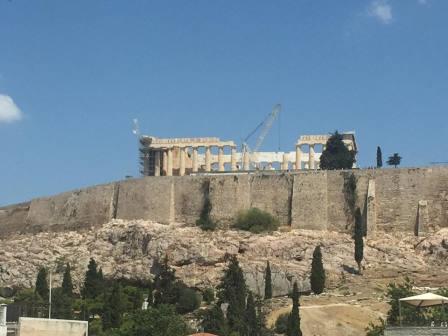
When most of us visit Athens, even if we aren't there to see the Acropolis or its museum, we may catch a glimpse of the Acropolis as we ride a taxi or bus in the centre of town. We may be fortunate enough to be dining in one of the centrally located Athenian hotels with top floor restaurant and stunning views by day or night, year round - to the Acropolis. Magical views.

Before the Acropolis was a temple complex, it was a city - another great article in Arch Daily, worth reading too, from here.
'Although the marble stonework of the Parthenon had proven its durability against the ravages of time, it was not indestructible. In 1687, Venetian forces laying siege to Athens shelled the ancient city, igniting a powder magazine stored inside the Parthenon. The resulting explosion was catastrophic, obliterating the cella and the elaborate frieze that had adorned its exterior. Attempts by the Venetians to remove statues from the pediments were similarly disastrous, as multiple sculptures fell to the ground and were shattered beyond repair. Most of the remaining statues and reliefs (known as the "Elgin" or "Parthenon Marbles") were later spirited away in the early 19th Century by Lord Elgin, the British ambassador to the Ottoman Empire. Controversially, these pieces are displayed in the British Museum to this day. Meanwhile, the Parthenon itself has since undergone rigorous restoration and preservation work, with much of the damaged peristyle reassembled to give modern visitors a glimpse of the temple's ancient splendour atop the hill where it has stood for over two thousand years.'

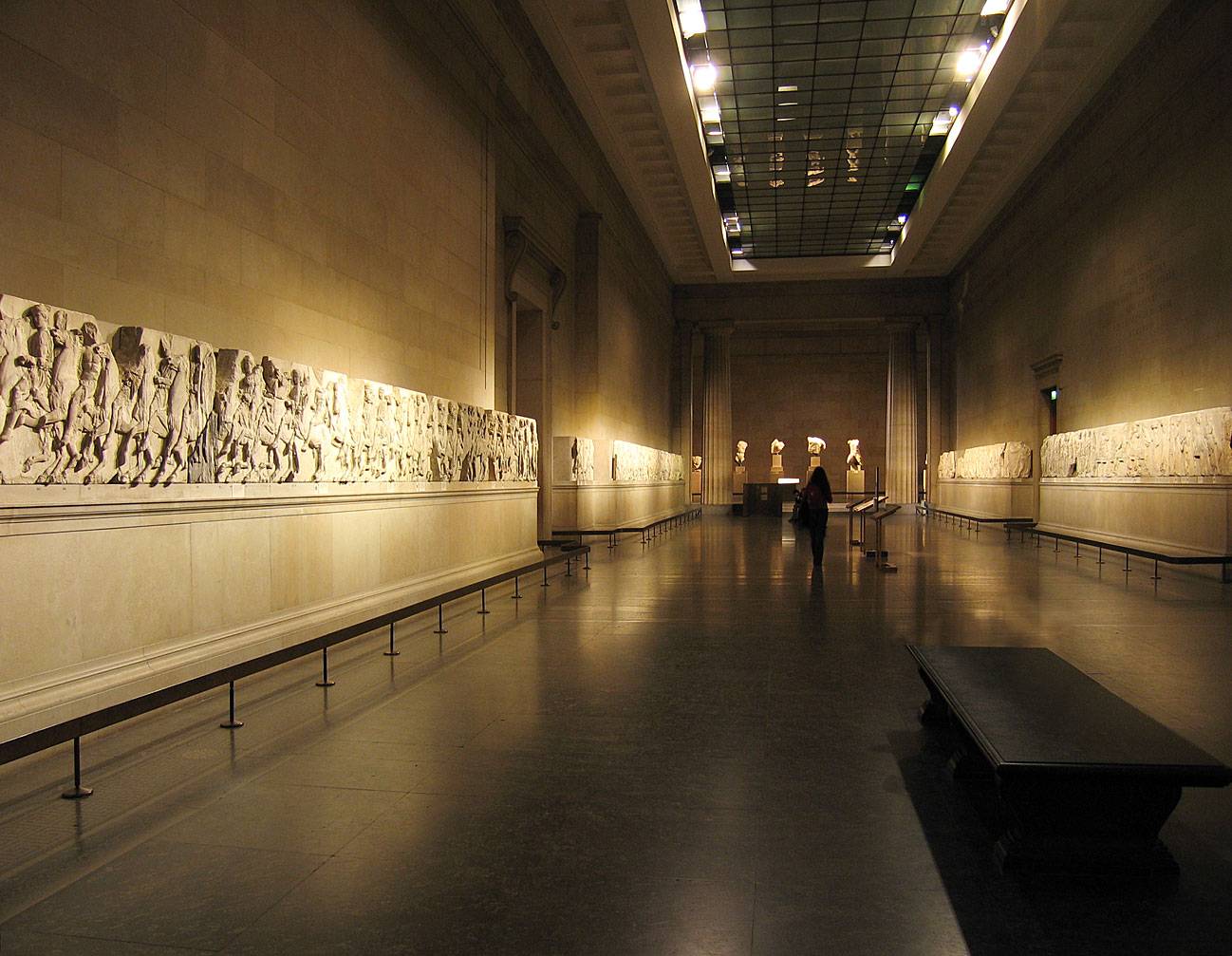
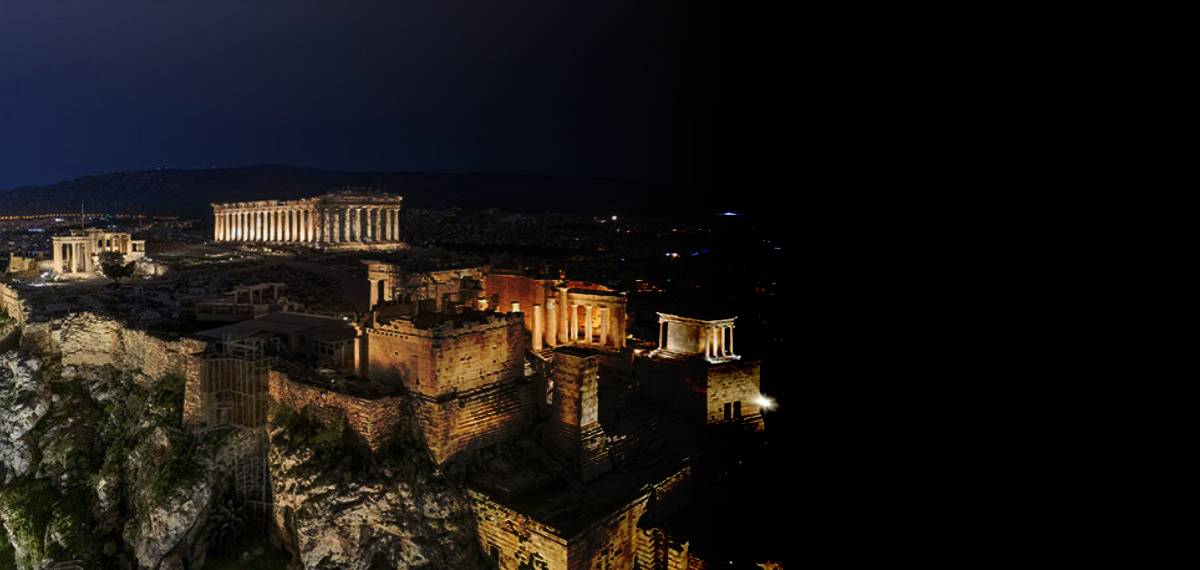
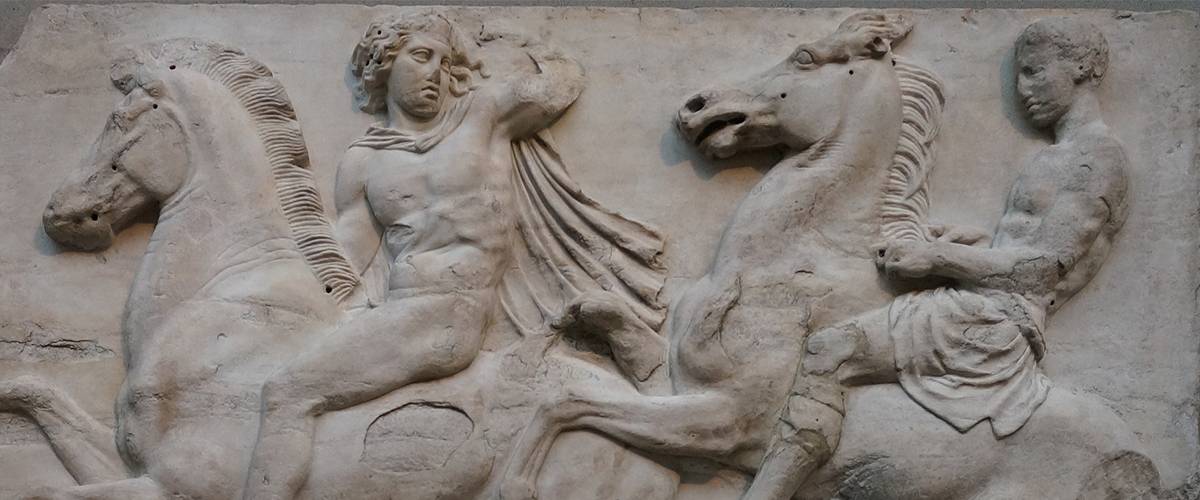

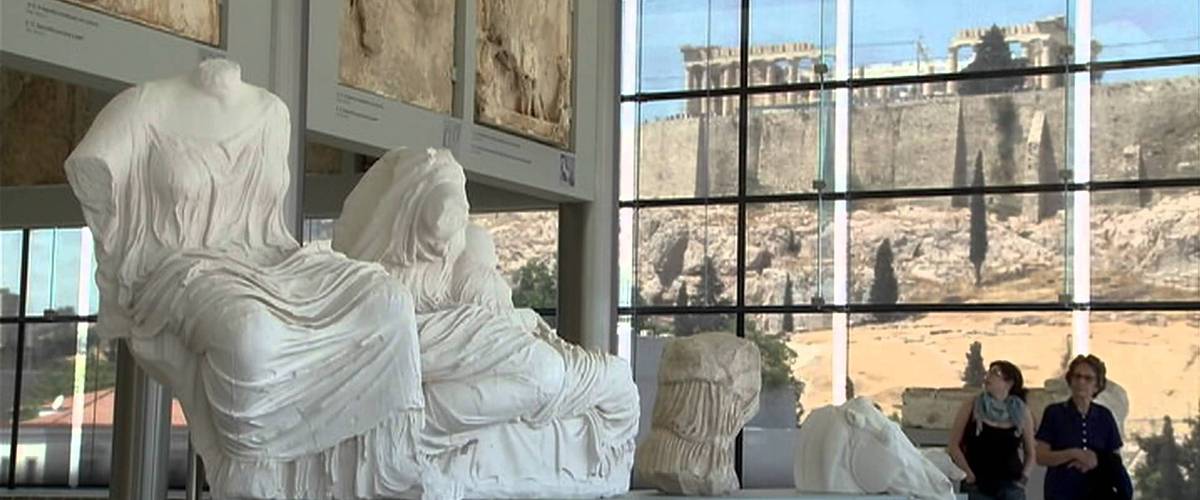
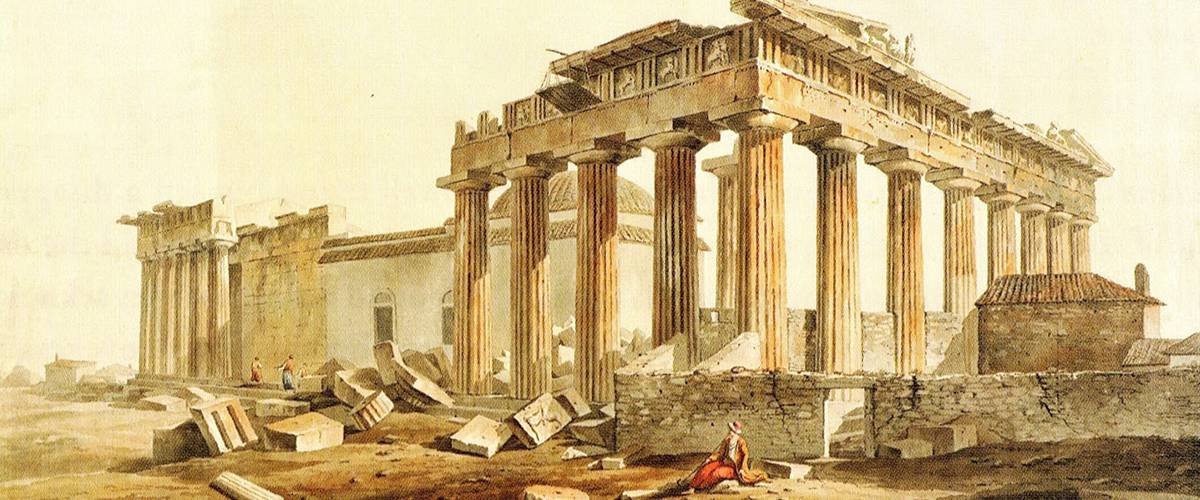

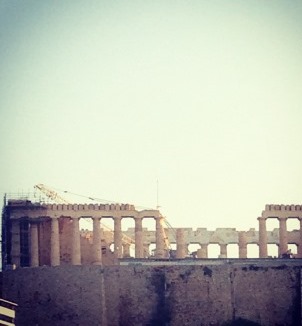
Comments powered by CComment